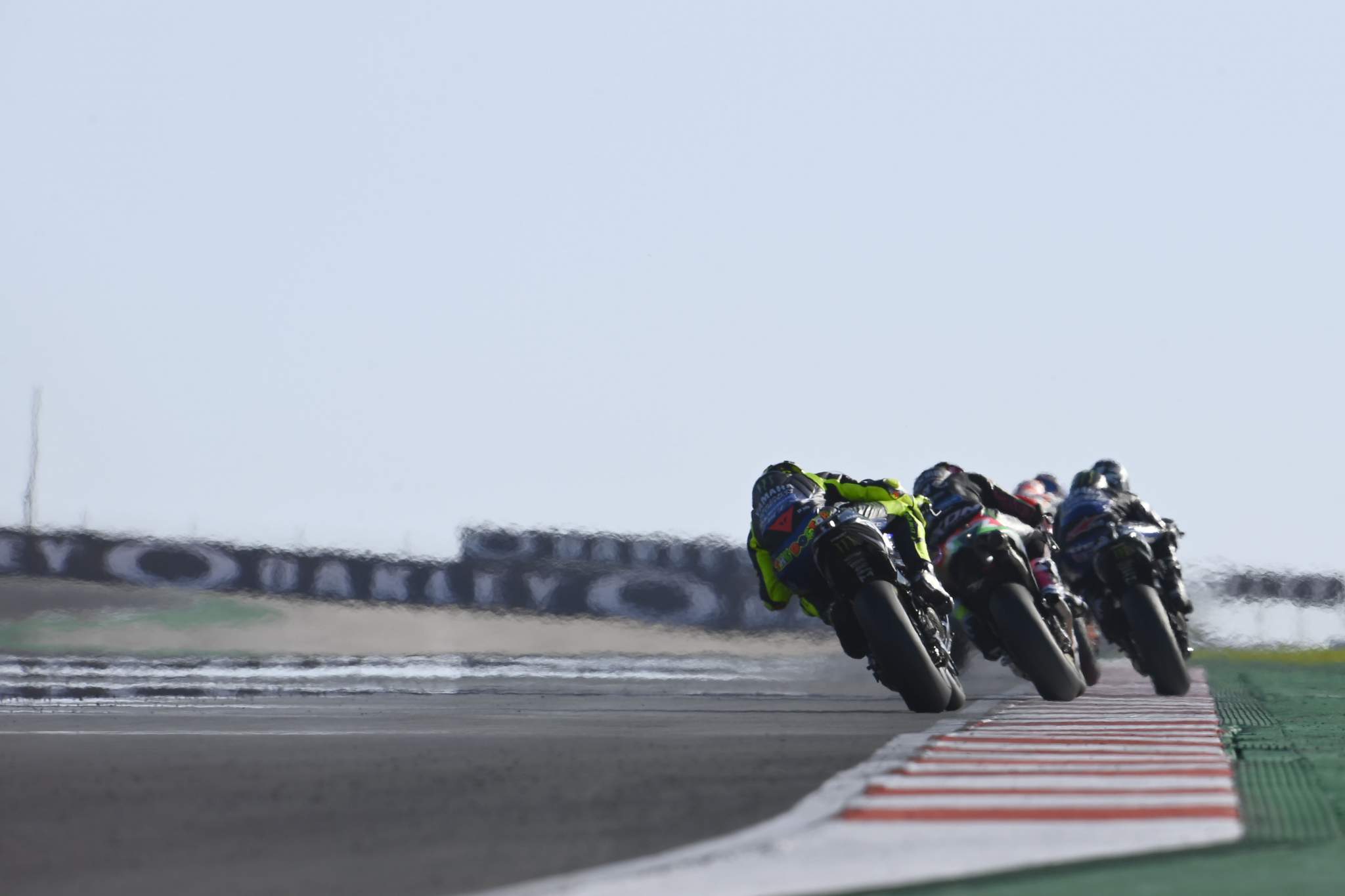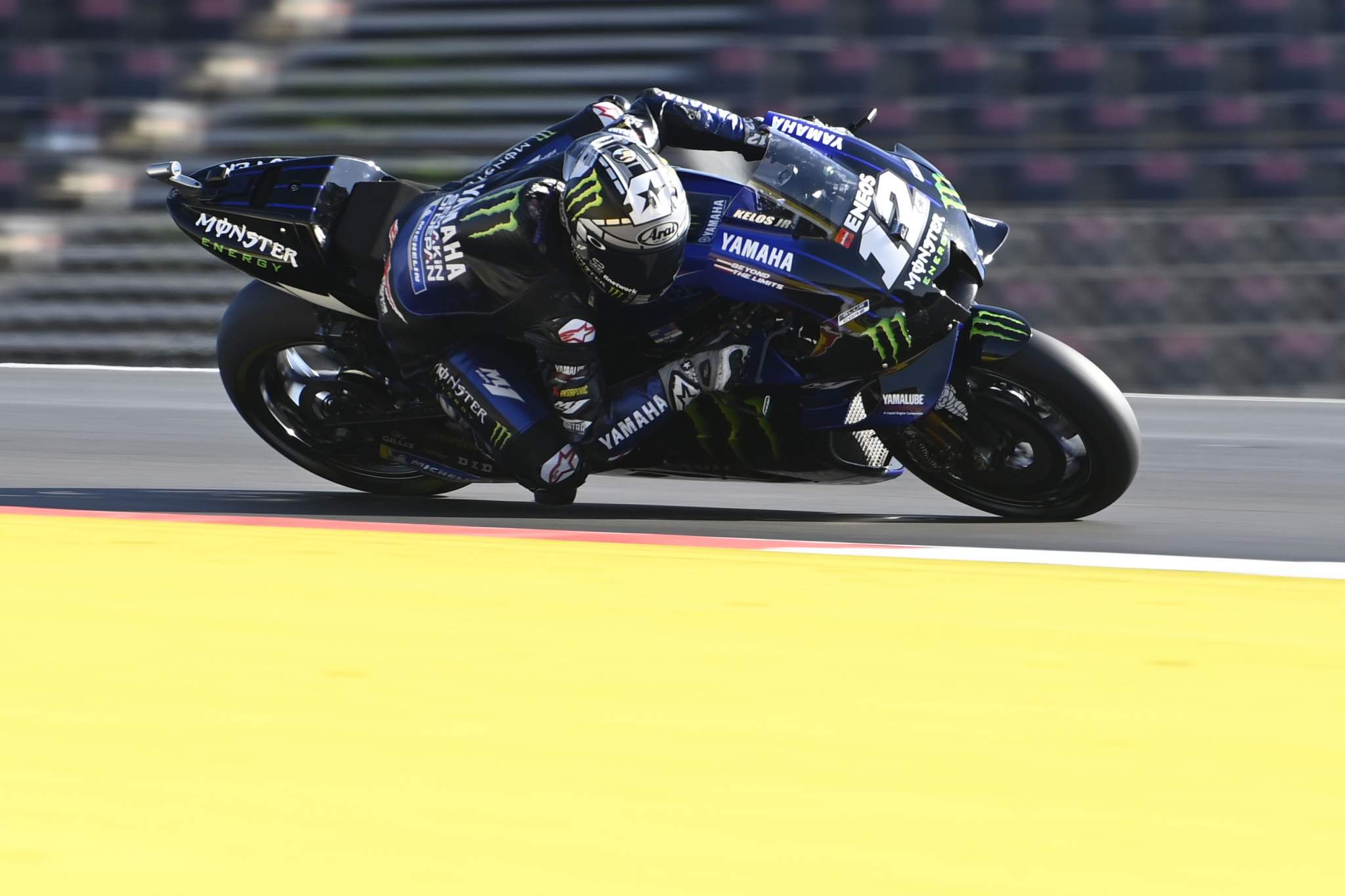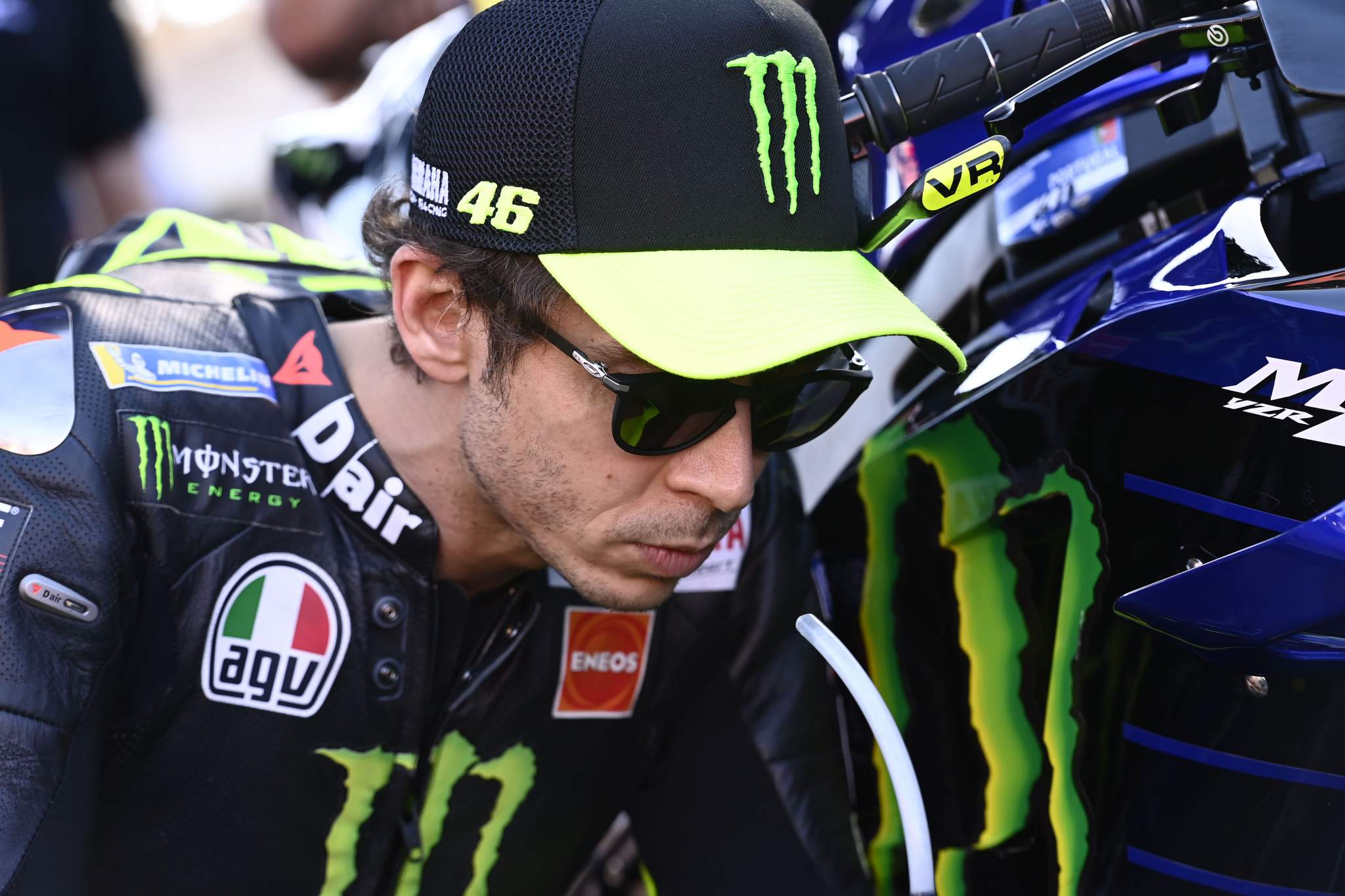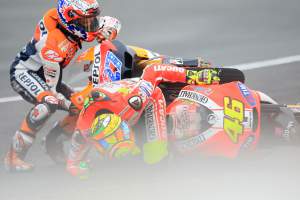The covers are set to come off a new-look Yamaha team on Monday morning, marking a big change inside the Japanese manufacturer as Valentino Rossi departs the factory squad.
Rossi has spent 15 out of the last 17 seasons in the team, and while he’s only stepping down to satellite squad Petronas, the arrival of Fabio Quartararo to replace him still means things are all shaked up heading into a new era.
Change is badly needed, too, after a series of poor seasons for the team. It hasn’t taken a championship now since 2015 – and in fact has only won eight races in the four seasons since Jorge Lorenzo departed at the end of 2016.
While Rossi’s admittedly-waning form as he approaches his mid-forties can explain part of that, there’s less of an excuse for Maverick Viñales on the other side of the garage. Undoubtedly fast and talented, things just haven’t clicked for him and it’s been reflected in his results.
The problems aren’t too hard to explain either, given that the Yamaha riders are more than happy to relate them to any journalist who happens to wander into earshot. The current YZR-M1 has seemingly stood still while its rivals have gotten faster and better, with speed in particular being the riders’ main grudge in 2020.

All you have to do is look at the speed trap times to see it. Normally, the Yamaha riders are at the bottom end of the sheet, languishing 10-15 kph behind their rivals at many circuits. That doesn’t even tell the full story, with acceleration being even more of an issue as they try to pull themselves out of corners.
The result is a bike that’s almost impossible to overtake on. Just look at the races won by Yamaha riders last season, and a trend becomes quickly apparent – Quartararo, Viñales and satellite rider Franco Morbidelli were all winners, but their wins came not from last lap battles but from flag-to-flag victories where they converted good starts into big prizes.
Of course, 2020 was even more of a disaster for the team thanks to its technical issues. Replacing its homologated valves for seemingly-identically designed ones, it discovered after two rounds that it had an inherent weakness that was causing engines to fail – and quickly had to take steps to rectify that.
While part of the solution might have involved cracking open engines and substituting valves for last years’ ones (an arguably-illegal action that meant it was docked a significant number of constructors’ points), the biggest hindrance to the riders instead came from a reduced rev limit.

Cutting the revs in order to try and preserve life out of engines now expected to last three times their usual lifespan, it made the power issues all the more critical and cost Yamaha’s riders heavily.
However, the problems of last year definitely hide a bigger issue: Yamaha’s engineers and their race team and riders can’t find a way to work together that delivers everyone what they need. It’s not a new problem, and one that has plagued many teams before in the past – but it’s the surefire way to fix the team’s problems and get back to winning ways.
Speaking to people inside the team familiar with the circumstances, it sounds very much like the us-and-them days of Honda’s last few seasons with Valentino Rossi, where rider feedback goes unheeded and engineers build the bike they think the riders need.
That’s not a harmonious way to go racing – just ask Suzuki, which has worked hard to build the exact opposite in the relationship between its Japanese engineers and Italian race team – and has been repaid with a championship.

It’s not something that Yamaha are going to fix in a season, but it’s something that it’s going to have to start working on sooner rather than later if it wants to see results come back to their glory days of the late noughties.
How do you make it better, though, except by a root and branch clearing out of personnel? Well, it’s going to be key to demonstrate to the riders that they’re being listened to and that their feedback is steering the bike. They’ve not felt that way for a while, but if Yamaha can bring something a little better to the pre-season tests and then use that for motivation, change can come.
It will also be helped out significantly by the arrival of new test rider Cal Crutchlow. Someone who Viñales in particular was delighted to see join the team not only because of his experience but because of his love of saying how he really feels, Crutchlow’s bluntness could be his greatest asset to the team.
Of course, there’s only so much that can be done in 2021 thanks to the coronavirus pandemic. Introduced as part of a cost-saving package, new rules say that there can’t be any engine development and that the team are stuck with last year’s, meaning any changes that will come have to be done with creative use of the electronics.

That doesn’t mean they can’t make steps forward this year too though. Adding further evidence to the theory on Yamaha’ problems is the fact that the most successful Yamaha rider of 2020 was Franco Morbidelli, the only man on the previous year’s bike and largely ignored by headquarters as he got on with the business at hand.
Paired up with veteran Yamaha crew chief Ramon Forcada, formerly with Viñales and Lorenzo, the duo have just got on with the business at hand of working with what they have – and it paid off with a title challenge, second in the championship and three race wins.
There’s a lesson there for the factory riders. If the engineers can be persuaded to be a little more hands off in the garage and crew chiefs can run the bike they want to rather than the way they’re told to, then that could bring immediate gains for them too.






